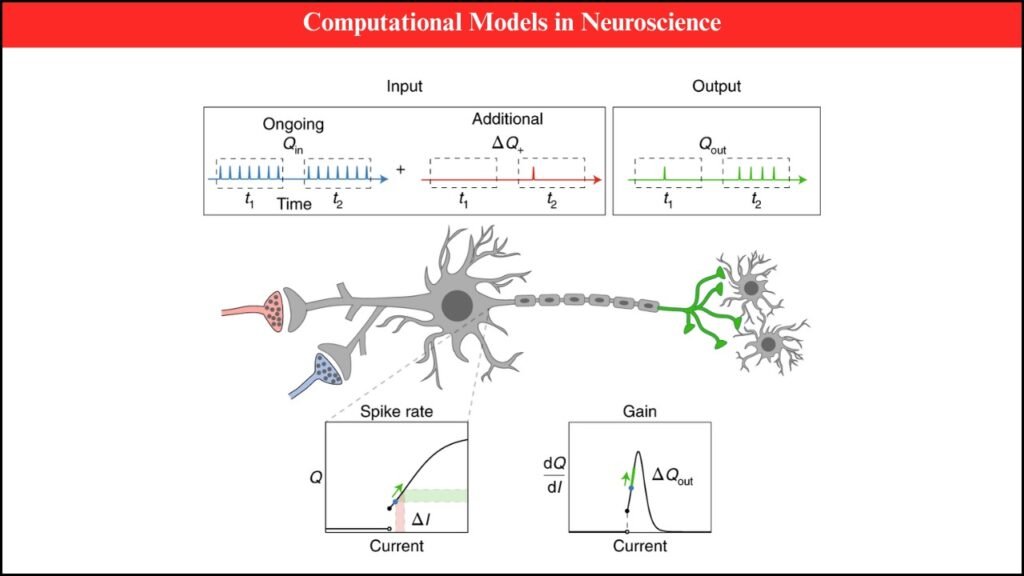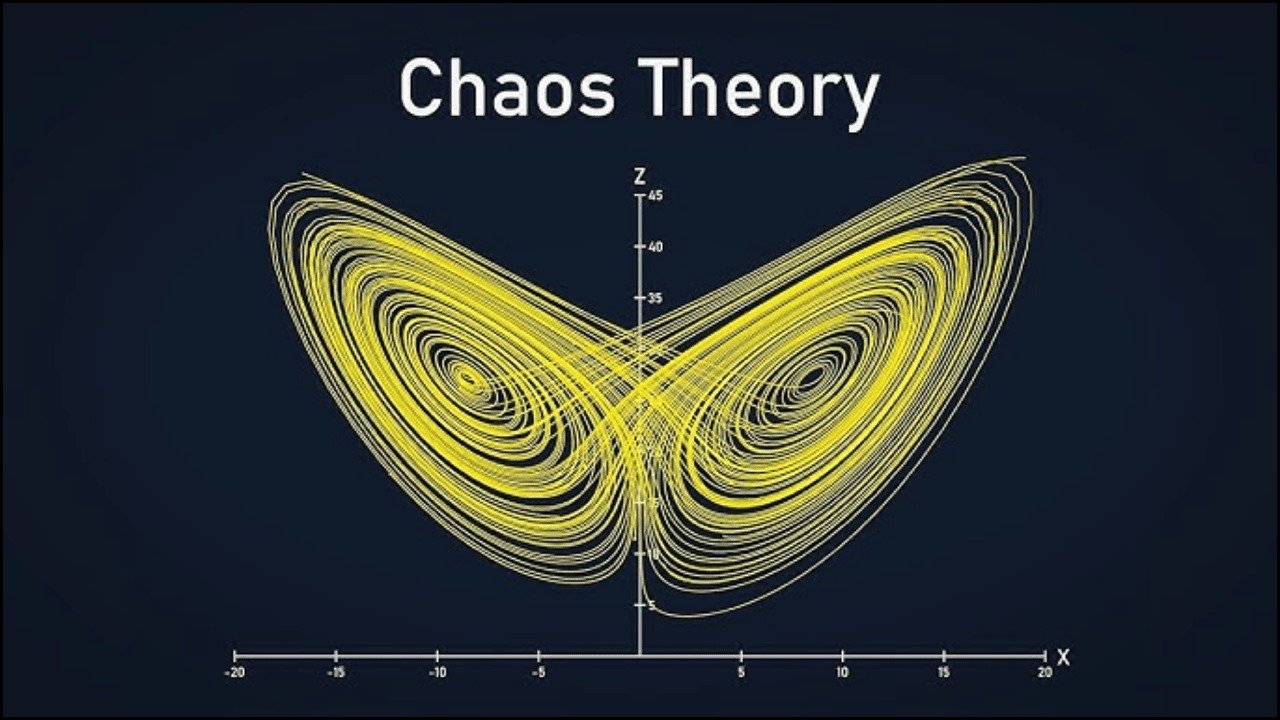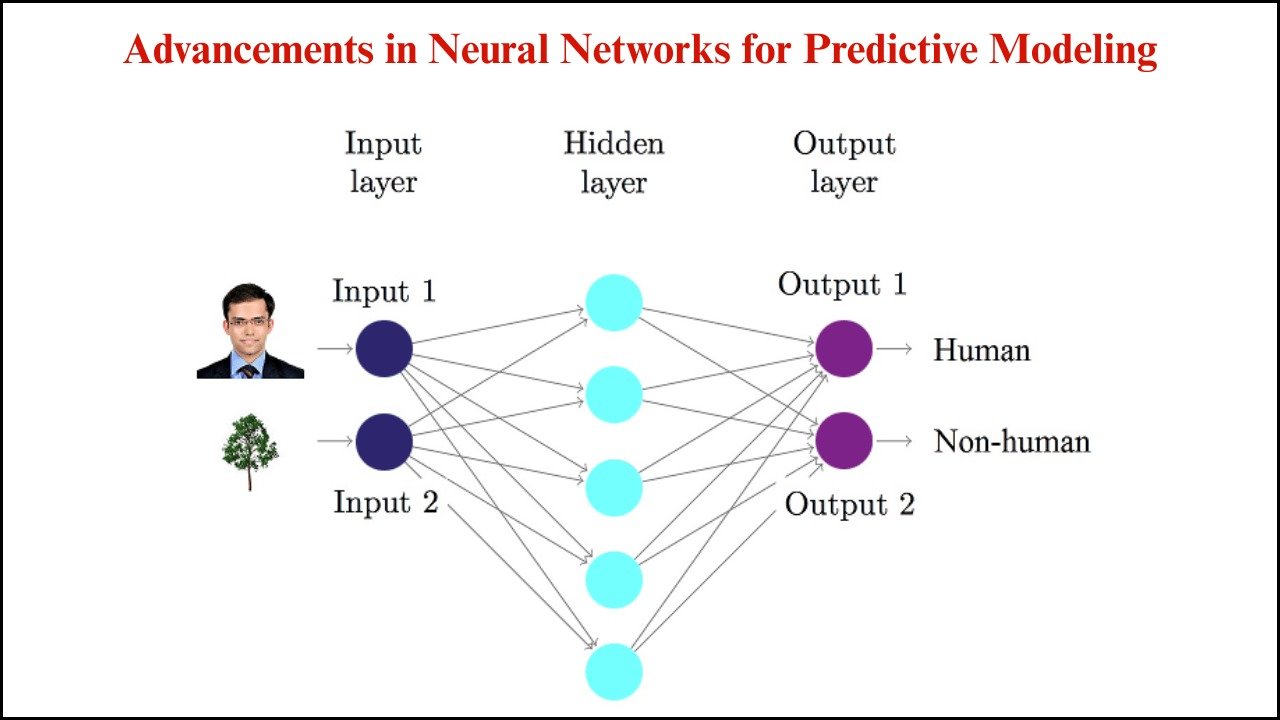
Neuroscience has evolved rapidly over the past few decades, integrating technology and data-driven approaches to understand the brain’s intricate mechanisms. Computational models have emerged as a powerful tool, allowing researchers to simulate neural processes, predict behaviors, and explore complex cognitive functions. These models bridge the gap between experimental observations and theoretical understanding, enabling advancements in both basic research and clinical applications.
Table of Contents
What Are Computational Models in Neuroscience?
Computational models are mathematical and algorithmic representations of neural systems. They replicate the behavior of neurons, neural networks, and brain regions to study information processing, learning, and decision-making. By using these models, scientists can test hypotheses, explore neurological disorders, and predict the outcomes of interventions without invasive procedures.
Benefits of Computational Modeling
1. Understanding Neural Mechanisms
Models help decode how neurons communicate, process information, and form networks. They provide insights into synaptic plasticity, signal propagation, and neural coding, which are difficult to observe directly in living brains.
2. Predicting Behavioral Outcomes
Computational simulations can forecast behavioral responses to stimuli or interventions. This ability is particularly valuable in cognitive neuroscience, psychology, and rehabilitation research.
3. Exploring Brain Disorders
Models enable the study of neurological and psychiatric disorders such as Alzheimer’s disease, Parkinson’s disease, and epilepsy. Researchers can simulate disease progression and test potential treatments in silico, reducing reliance on animal or human trials.
4. Optimizing Brain-Machine Interfaces
Computational neuroscience supports the development of brain-machine interfaces (BMIs) and neuroprosthetics. By modeling neural signals, these systems can accurately translate brain activity into device control.
Types of Computational Models
| Model Type | Description | Example Use |
|---|---|---|
| Single Neuron Models | Simulate individual neuron activity | Hodgkin-Huxley model for action potential analysis |
| Network Models | Study interactions among neurons | Predicting network-level responses to stimuli |
| Cognitive Models | Represent higher-order brain functions | Simulating decision-making, memory, or attention |
| Biophysical Models | Integrate detailed physiological data | Understanding ion channel dynamics and synaptic transmission |
| Machine Learning Models | Use AI to analyze neural patterns | Predicting disease progression or neural response patterns |
Technologies Driving Computational Neuroscience
- Artificial Intelligence and Machine Learning: Enhance pattern recognition in large neural datasets and improve predictive accuracy.
- High-Performance Computing: Enables simulations of large-scale neural networks in real time.
- Neuroimaging Data Integration: Incorporates MRI, fMRI, EEG, and other imaging data for realistic modeling.
- Simulation Software: Tools like NEURON, NEST, and Brian allow researchers to create and test neural models efficiently.
Challenges and Considerations
While computational models provide significant insights, several challenges remain:
- Data Complexity: Neural data are high-dimensional and noisy, making modeling difficult.
- Model Accuracy: Simplifications and assumptions may limit the accuracy of predictions.
- Interpretability: Some AI-driven models can function as “black boxes,” reducing transparency.
- Integration with Experimental Research: Aligning model predictions with real-world observations requires careful validation.
Future Outlook
The future of computational neuroscience is promising, with increasing integration of AI, machine learning, and advanced simulation techniques. Personalized neural models may revolutionize healthcare, enabling individualized treatment plans for neurological disorders. Additionally, these models will continue to enhance our understanding of cognition, learning, and consciousness, shaping the next era of neuroscience research.
FAQs
Q1: What is the main purpose of computational models in neuroscience?
A1: To simulate neural systems, predict behaviors, and understand brain function without invasive experiments.
Q2: How do computational models help in studying brain disorders?
A2: They allow researchers to simulate disease progression and test potential treatments in a controlled, virtual environment.
Q3: What technologies support computational neuroscience?
A3: Artificial intelligence, machine learning, high-performance computing, neuroimaging integration, and specialized simulation software.





